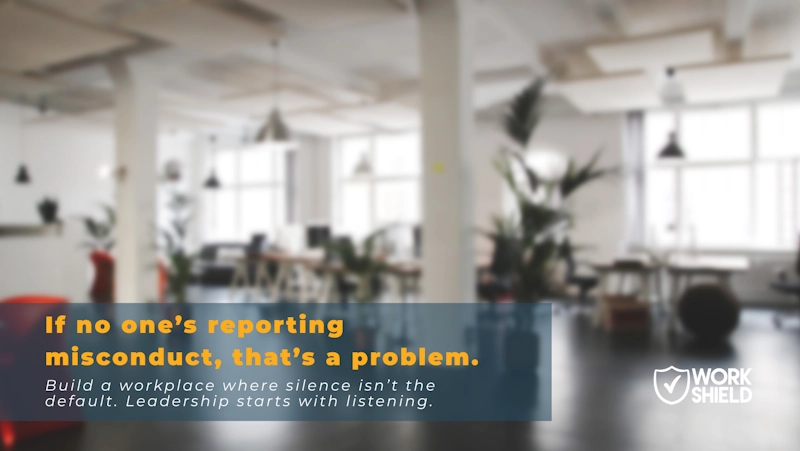To cultivate a safe and ethical workplace, employers must create a space where employees feel comfortable reporting misconduct. While a new Global Business Ethics Survey found that more employees are stepping up to report misconduct at work, employee perception of retaliation is on the rise. At 79%, the fear of retaliation in the United States is the highest it has ever been. One of the reasons leading to this increased fear is the fact that most organizations handle the investigation internally for various reasons. With fear of repercussions and more progress to be made in encouraging employee reporting, it’s crucial that organizations offer flexible reporting options to their teams, which include both anonymous and non-anonymous reporting processes to bring resolution to workplace misconduct.
Anonymous Reporting:
From chatbots to phone apps, there are a variety of anonymous reporting options available that allow organizations to investigate and resolve workplace issues. Anonymous reporting is a process where employees can submit an incident report without revealing their identity. While anonymous reporting is a useful tool for organizations, it is only the first step in the process and often takes the report back to the internal team to manage the investigation and resolution. This process of rerouting reports to internal HR or managers can be slow, averaging 25-30 days to reach a recommendation. Transparency builds trust, so it’s important to provide employees with visibility into the investigation and recommendation process to ensure it is fair and they are protected. Partnering with Work Shield, the third-party solution, provides a transparent and unbiased resolution recommendation in a consistent and time sensitive manner, building trust with employees. As a result, we found that only 32% of incidents were reported anonymously, while the majority felt comfortable sharing their information.
Although studies show that 61% of employees witness discrimination based on race, gender, age and sexuality, reporting rates remain low. In fact, the EEOC found that only 30% of employees who experience harassment on the basis of protected classes report it internally, which is greatly attributed to a fear of retaliation. Making employees aware and comfortable with a reporting system that allows for anonymity will increase the likelihood that those experiencing or witnessing unwanted behaviors at work will report it.
Non-Anonymous Reporting:
While anonymous reporting is more likely to remove the fear of retaliation, there is a benefit to employees coming forward with their report of misconduct. However, employers must reinforce the protection of those who report misconduct and have a clear zero-tolerance policy for retaliation. Research shows that anonymous reports are less likely to be substantiated compared to reports made by employees who provided their names. Non-anonymous reporting allows for follow up questions to gain more details for a thorough, efficient investigation.
Successful non-anonymous reporting processes are only possible with a solution that ensures employee safety, protection and clear results. Additionally, it’s imperative that individuals trust that incidents will be properly investigated, as 39% of employees report low confidence in having their issues addressed.
Work Shield is the solution that creates a culture of integrity and trust, by allowing employees to report workplace misconduct through our secure portal or by speaking directly to a team member. The effectiveness of our cutting-edge process is proven through our most recent incident report data that shows 67.71% of total reported incidents were made non-anonymously. Helping organizations build a culture of trust where employees feel safe reporting incidents and sharing their information is proof that your workplace can become a more equitable and inclusive workplace for all.
About Travis Foster
Travis heads up Work Shield’s legal department and is known to be something of a jack of all trades – he is an experienced entrepreneur, as well as an attorney with a mechanical engineering background who designed and managed projects in both the energy and public utilities industries. Travis also contributes his wealth of capital knowledge and growth strategies for businesses to the Work Shield team.
Follow him on LinkedIn.





